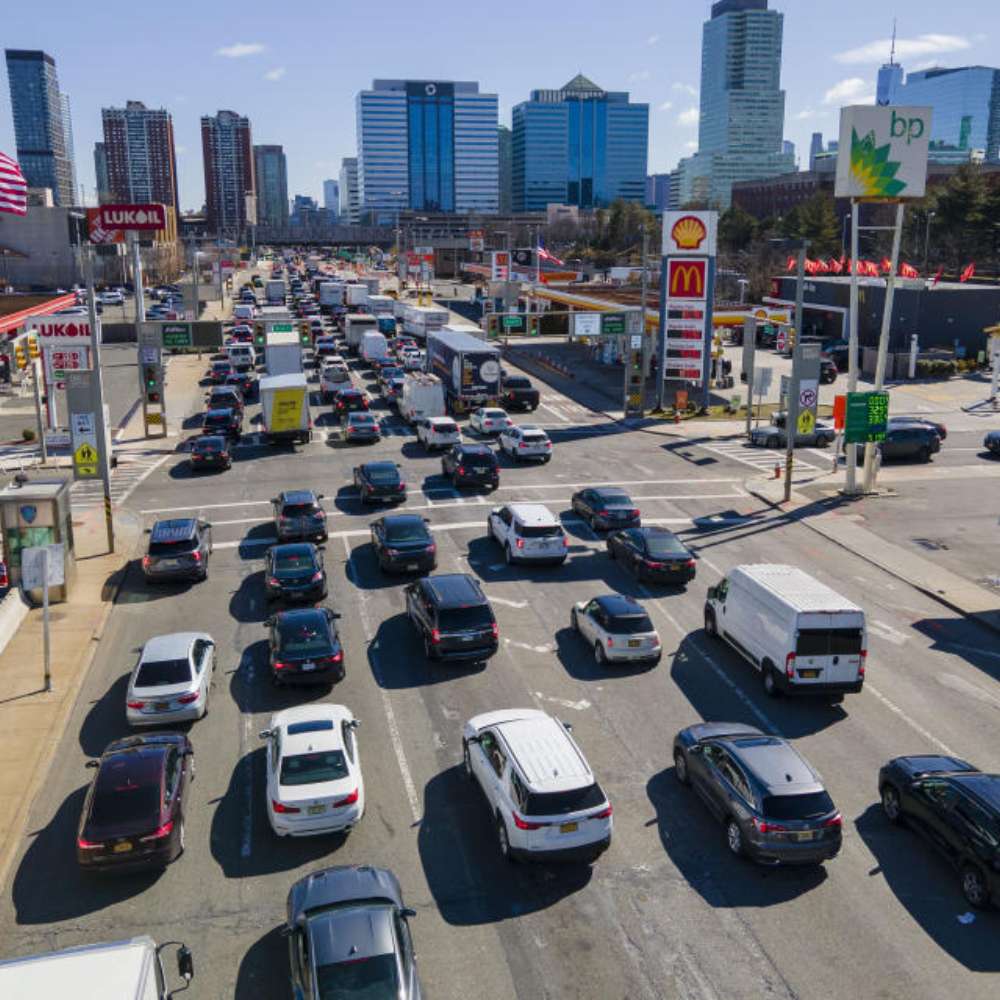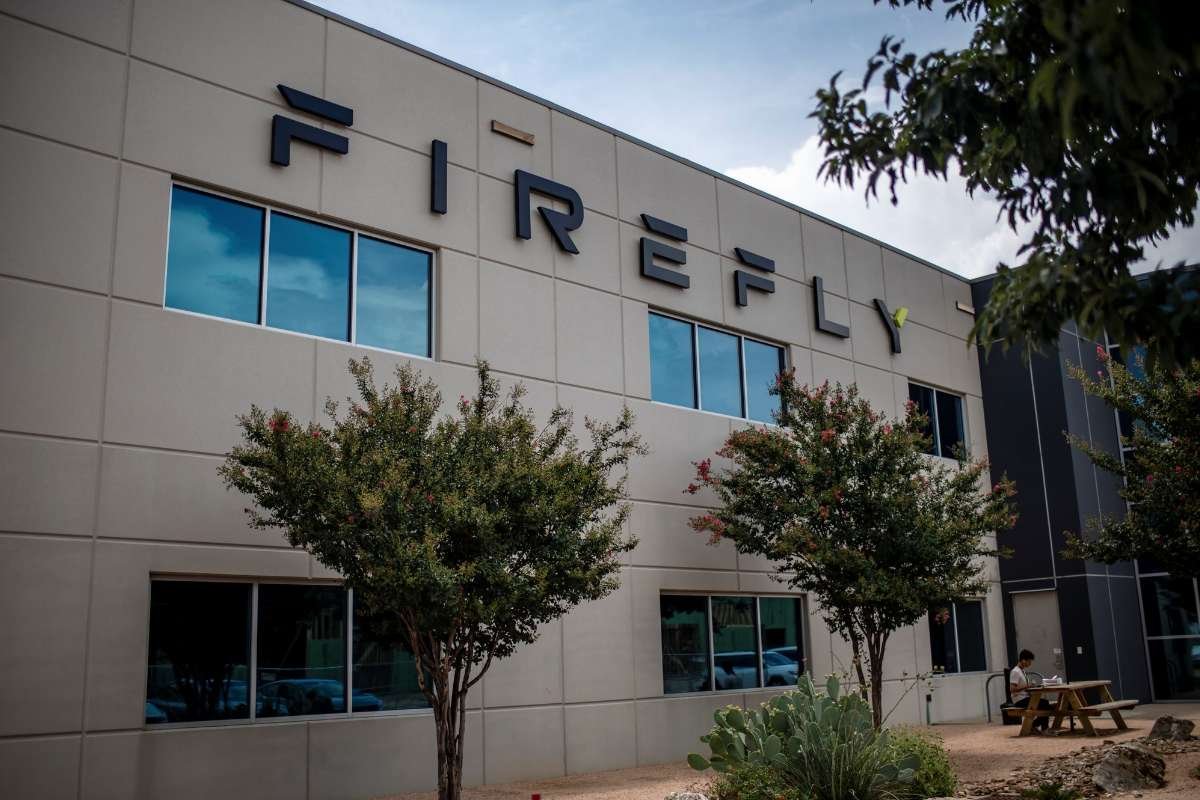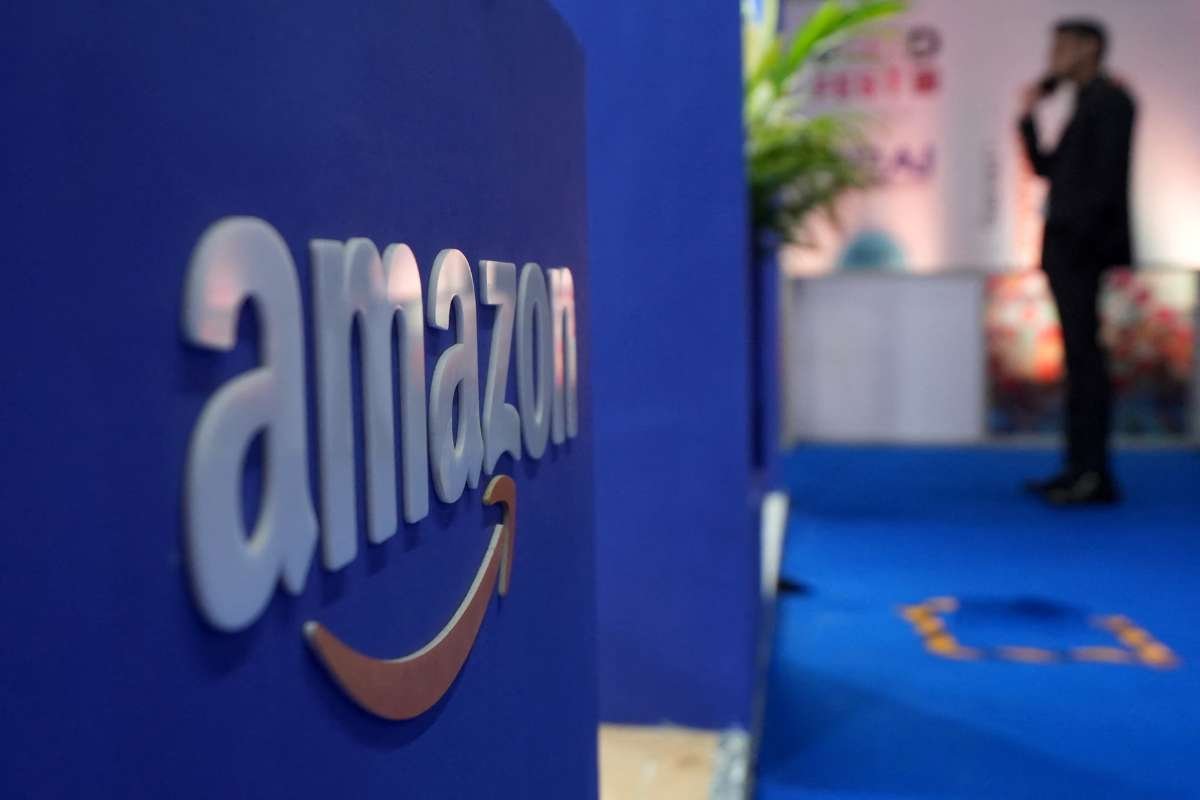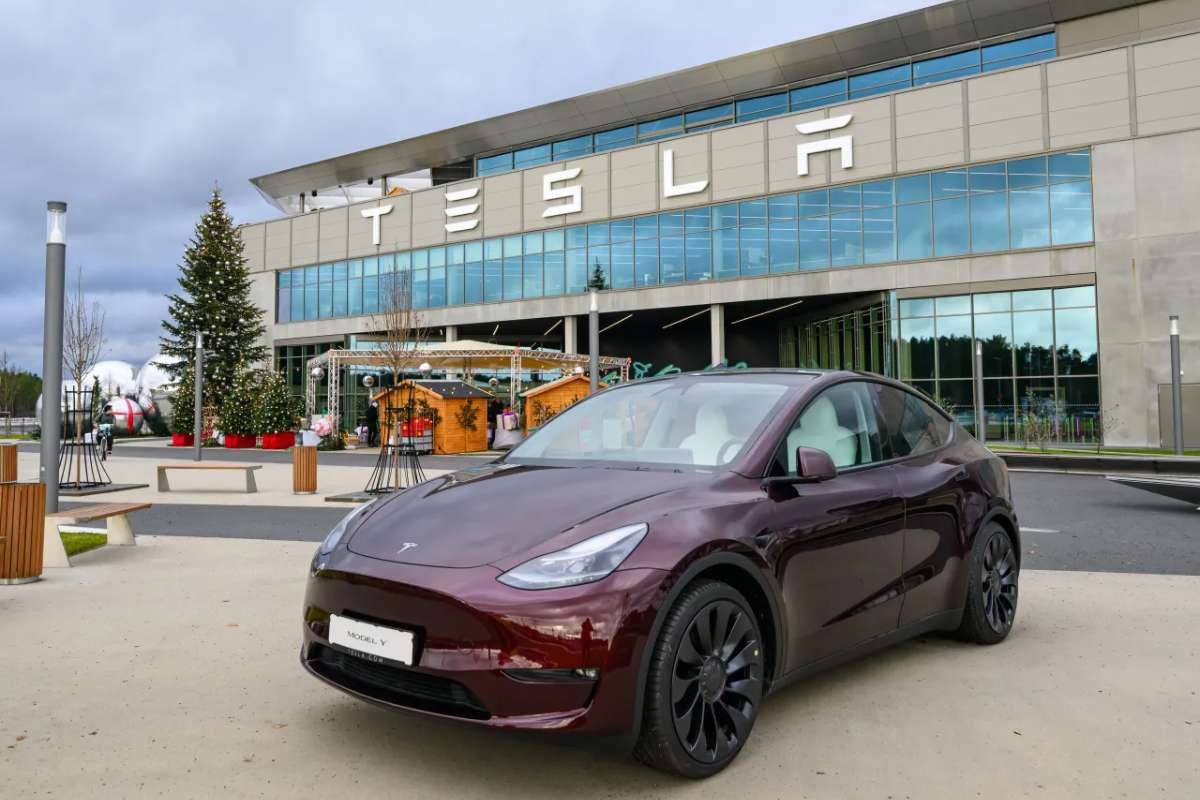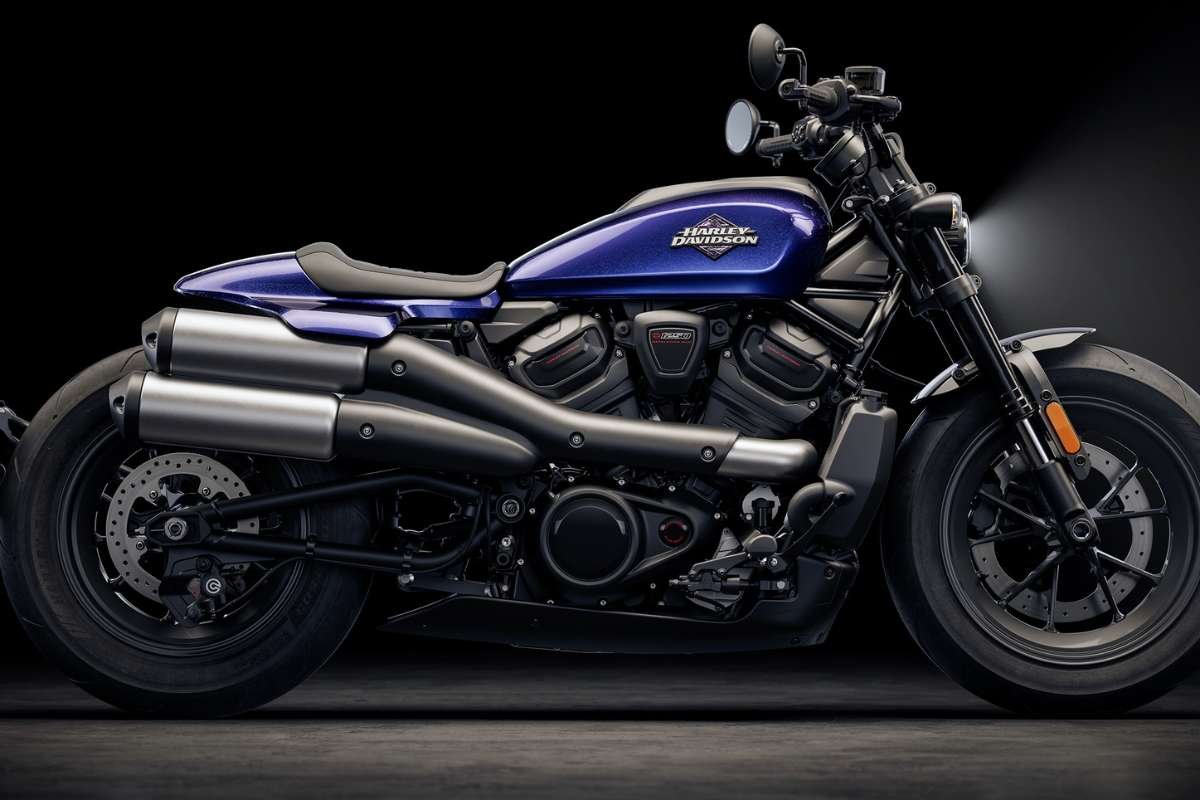A new congestion toll for drivers entering the heart of Manhattan officially took effect on Sunday, with most motorists now required to pay $9 during peak hours to access the busiest parts of the city.
The congestion pricing system aims to alleviate traffic congestion in the densely populated urban core while generating funds to improve New York’s struggling public transit system.
Metropolitan Transportation Authority (MTA) Chair and CEO Janno Lieber emphasized the necessity of the toll after a court hearing cleared the way for its implementation. He stated that New York has a serious traffic problem and the goal is to make it easier for those who must drive to navigate the city efficiently.
Toll Rates and Timing
The cost of entering Manhattan’s congestion zone under the new congestion toll program varies depending on the time of day and whether drivers use E-ZPass, an electronic toll collection system used in multiple states.
Drivers with E-ZPass will be charged $9 during peak weekday hours from 5 a.m. to 9 p.m. and during weekends from 9 a.m. to 9 p.m. Off-peak hours will have a reduced toll of $2.25.
This fee is in addition to existing tolls for bridges and tunnels entering Manhattan. However, drivers who paid to enter the city through certain tunnels during peak hours can receive a credit of up to $3.
Political Backlash and Controversy
President-elect Donald Trump has expressed strong opposition to the new congestion toll plan, vowing to terminate it once in office, though his ability to follow through remains uncertain. During his first term, the plan was delayed pending a federal environmental review.
Trump criticized the toll, arguing it would harm New York City’s competitiveness compared to other cities, drive businesses away, and place an undue financial burden on commuters. He described the toll as a massive tax and an inconvenience for both drivers and personal financial management.
The program, which was initially set to launch last year with a $15 fee, was delayed when Governor Kathy Hochul paused the rollout before the 2024 elections. Hochul, a Democrat, had previously supported the program but cited concerns that the $15 charge was too high. After the elections, the plan was reinstated with the lower $9 toll.
Hochul has denied political motivations behind the delay, though the program faced significant opposition from suburban communities critical for the Democratic Party’s control of Congress.
Legal Challenges and Regional Opposition
The congestion pricing program also withstood multiple legal challenges aimed at halting its implementation. New Jersey, a key opponent of the toll, filed a last-minute lawsuit seeking to block the program but was unsuccessful.
Natalie Hamilton, spokesperson for New Jersey Governor Phil Murphy, indicated that the state would continue opposing what they describe as an unfair and unpopular policy.
A First for the United States
While congestion pricing has been successfully implemented in global cities such as London and Stockholm, New York City’s program is the first of its kind in the United States.
Supporters argue it will ease Manhattan’s traffic gridlock while generating essential revenue to modernize public transit infrastructure. Critics, however, contend it unfairly targets commuters from surrounding areas and places additional financial strain on drivers already burdened with tolls.
As the new congestion toll program takes effect, New York City faces the challenge of balancing congestion relief with economic impact, while regional tensions over the policy continue to grow.

